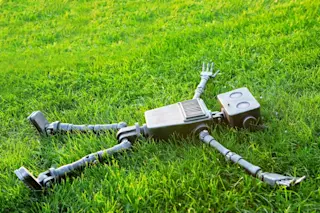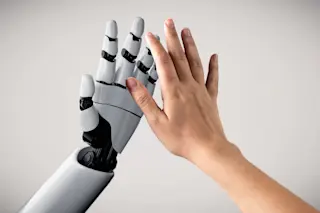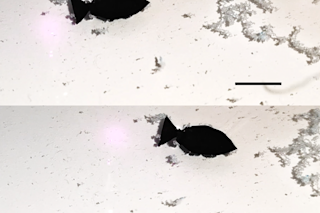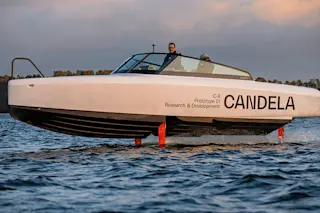91. Fingers With Force
Engineers at the University of Washington and Stanford University have developed a bed of tiny fingers made of silicon and polymer that can push objects around. "Each actuator is very simple," says Karl Böhringer, the University of Washington professor of electrical engineering who led the effort, "but together they can move objects much larger than themselves." Böhringer and his colleagues were trying to devise the best way to dock tiny satellites at a space station. NASA is betting that swarms of coffee-cup-size satellites will be able to perform mundane service functions more efficiently than space-suited astronauts. However, they'd need frequent refueling, and that would require a docking system that is small and lightweight. Böhringer already had the solution: "I'd been working on a way to move sheets of paper through a copying machine with a very thin mechanism." His concept was a paper feeder employing tiny ...














